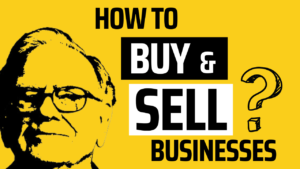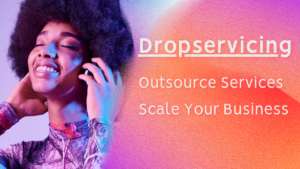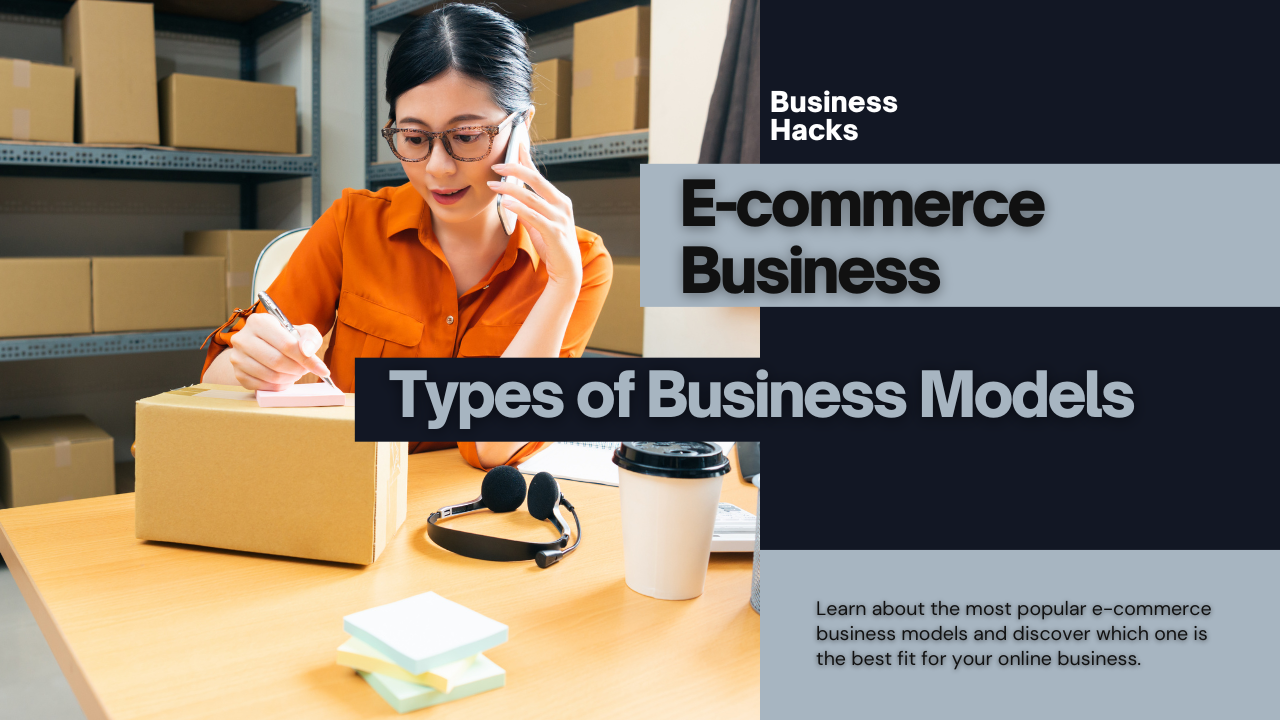
Understanding the various types of e-commerce can be beneficial when starting an e-commerce business. It can provide you with insights into what your day-to-day operations may entail, the opportunities that await you, and the challenges you need to be prepared for.
Keep reading this article to learn more about the types of e-commerce. Additionally, we will provide you with some examples of e-commerce businesses to see what they look like in practice.
Types of e-commerce by business model
First, let’s take a look at the main types of e-commerce business models based on the audience to whom the company sells its products.
Business to Business (B2B)
In the B2B model, companies sell to other businesses. Typically, the goods and services are intended for professional use, such as supporting productivity, collaboration, office needs, or the production process. In many cases, the buyer may also purchase the item in bulk for the purpose of resale.
In recent years, e-commerce has accelerated the growth of the B2B industry. This is because many businesses are turning to online means to conduct business with their consumers and partners.
B2B marketplaces like Alibaba and Amazon have also contributed to this growth. Many e-commerce businesses also have their own websites and applications to facilitate transactions.
One thing to note about B2B is that the sales cycle can be longer, typically ranging from four to seven months. Businesses often need more time to decide whether an item is worth purchasing, especially if it is essential to their operations.
Example of Business-to-Business (B2B) – Slack

Slack is an excellent example of e-commerce for a B2B company. It is communication software exclusively designed for businesses and corporations. Its subscription plans cater to companies of all sizes, from small businesses to large enterprises.
Business to Consumer (B2C)
One of the types of e-commerce is the B2C business, which sells directly to consumers. Goods or services are typically intended for personal use, whether it’s groceries, clothing, electronics, or streaming services.
The transaction can take place on an online shopping site, a commercial website, a marketplace, or other web applications.
According to Grand View Research, the global B2C e-commerce market size is steadily increasing, with an annual growth rate of 7.9%. As a result, new startups entering the market will cater to strong demand.
However, competition can be fierce, especially in a saturated sector filled with major brands.
Example of Business-to-Consumer (B2C) – Function of Beauty
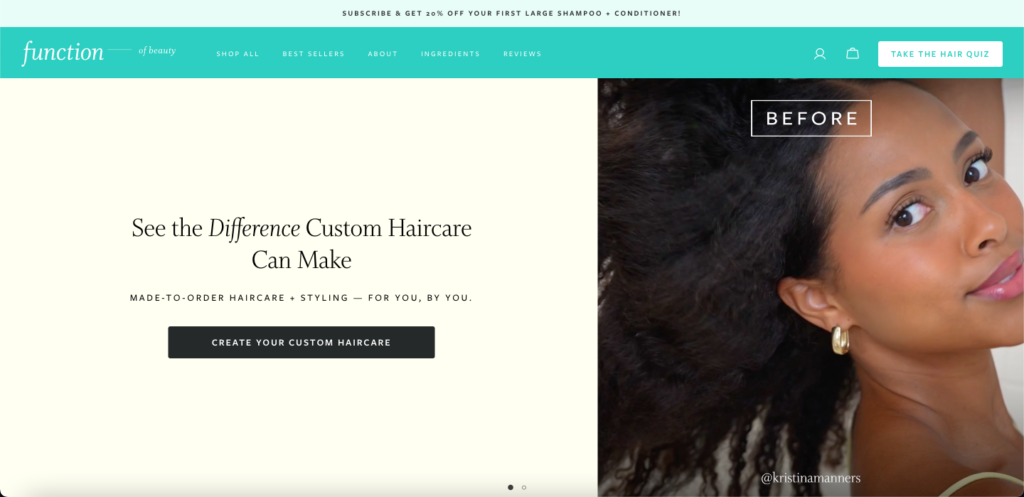
Function of Beauty sells personal care products to individuals. It allows them to customize the product formula according to their preferences. Offering a customization option is a way for this brand to create a unique experience compared to other B2C companies.
Consumer to Consumer (C2C)
Another example of e-commerce types is C2C e-commerce, where a business provides an online platform that enables consumers to buy and sell to each other.
These platforms can be marketplaces where people can list their items and get paid through the website. It can also be a forum for people to market their goods or services, but the transaction takes place in person.
The company earns revenue by charging fees for listing items on the site. Some may also implement transaction fees, which usually apply whenever a seller completes a successful sale.
When executed correctly, this e-commerce business model can be very profitable. Many individuals prefer to sell on third-party sites, especially if they attract a wide user base, such as eBay or Craigslist. Additionally, the setup can be quicker than creating an online store.
Example of Consumer-to-Consumer (C2C) – Facebook Marketplace

Related article : How Modern Business Relationships are Shifting in the B2G Sector
This online marketplace allows Facebook users living in the same region to buy and sell to each other.
Sellers can list their items for free, but they must meet the buyer in person to complete the transaction. Users in the United States can also enable online payments and shipping by paying selling fees.
Consumer to Business (C2B)
In C2B e-commerce, individuals offer their talents and skills to businesses. The most common examples of goods or services in this model are freelancing, affiliate marketing, and user testing.
C2B is one of the types of e-commerce similar to C2C, involving the exchange between consumers and businesses, typically on a third-party website. These platforms charge service fees to the individual or business.
Some people also use their online resumes and advertise them on search engines or social media.
Example of Consumer to Business (C2B) Project – Upwork
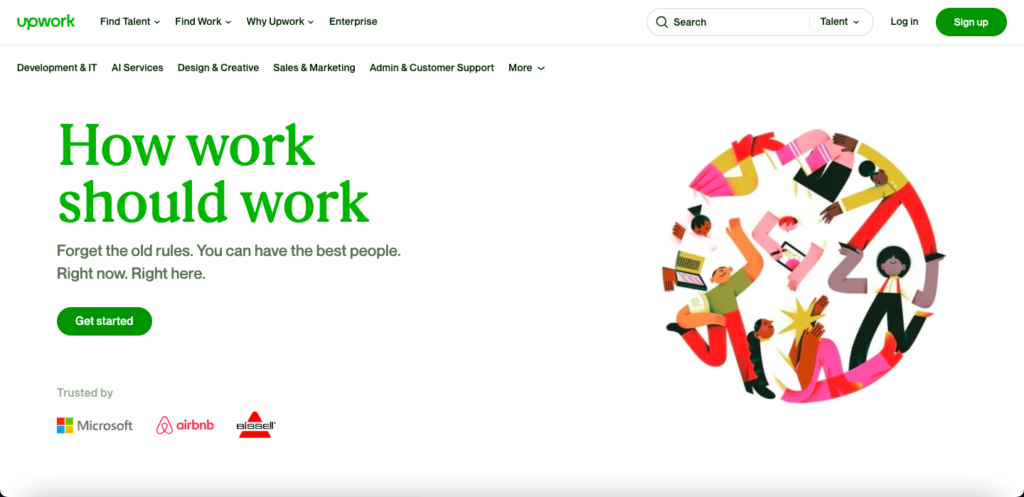
Upwork is a good example of C2B e-commerce types, an online job marketplace that connects freelancers with businesses. It charges service fees for talents, ranging from 5% to 20% depending on the billing amount. There are also paid plans that allow clients to process payments and activate additional job posting features.
Business to Administration (B2A)
This type of e-commerce business sells online tools to government agencies. Typically, the entity uses the software to manage its services, such as processing citizen requests or maintaining official records.
Example of Business to Administration (B2A) – OpenGov
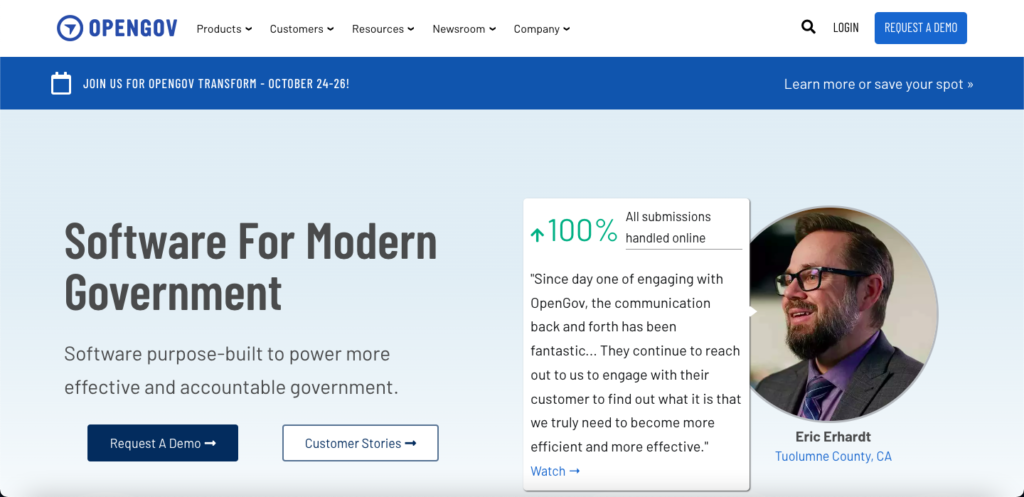
OpenGov is an excellent example of B2A e-commerce types, a cloud-based software aimed at assisting local and state administrations in their day-to-day operations. Features include management tools for budgeting, accounting, reporting, and licenses. Many public administration offices throughout the United States have used the application.
Consumer to Administration (C2A)
Among other types of e-commerce, the C2A model refers to e-commerce activities between individuals and the government.
These transactions typically involve payments for public administration costs, such as healthcare services, social security, or taxes.
Example of Consumer to Administration (C2A) – EFTPS (Electronic Federal Tax Payment System)

An abbreviation for Electronic Federal Tax Payment System (EFTPS), this website allows U.S. citizens to pay their taxes online. Users can register and schedule an advance payment or arrange for a same-day tax collection.
Types of e-commerce by Revenue
Model The following e-commerce types are based on how the business itself operates and generates revenue.
Dropshipping
Dropshipping allows businesses to sell to consumers without having to deal with production, inventory, or shipping tasks.
In this type of e-commerce, you work with a third-party wholesaler and market their products online. When someone places an order, you request the supplier to deliver the item to the buyer. If the sale is successful, you receive a portion of the profits.
This method typically has low startup costs. To get started, you only need a website and a partnership with a wholesaler. You can access suppliers through dropshipping directories like SaleHoo and Spocket.
However, the inability to verify the condition of the item before sending it to the customer is a common issue. Additionally, competition can be fierce for businesses selling a common product.
Example of Dropshipping – Grafomap
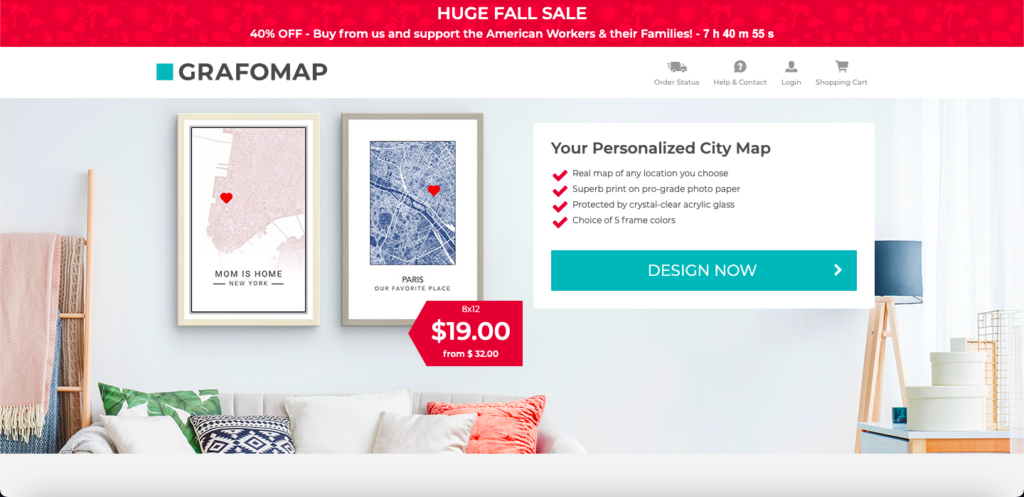
Grafomap sells prints using an on-demand dropshipping service, Printful. It allows customers to order a personalized map using the provided design options. Printful then takes care of producing and shipping their purchase to the buyer.
Wholesale
Commerce A wholesaler purchases goods in large quantities from manufacturers and resells them to retailers.
Since they buy items in bulk, they can often secure a discount from the supplier. To make a profit, they will sell the products at a higher price. The items are typically stored for sale to consumers.
A wholesale business typically requires warehousing space to store the items. The selling process can take place on its own website or on a marketplace like Amazon, Alibaba, or Faire.
Although wholesale sales usually fall into the “business-to-business” category, some suppliers are open to selling directly to consumers.
Example of Wholesale Commerce – S&S Activewear
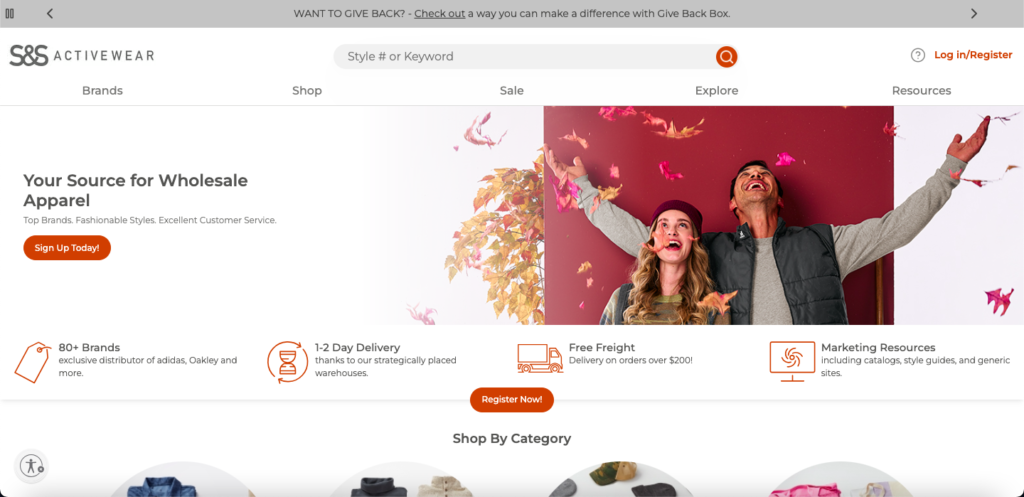
S&S Activewear is a wholesale company that sells branded clothing to retailers. They also offer blank clothing to print shops that create customized clothing for their customers.
Private Labeling
A private label company collaborates with a manufacturer to create a product using its own brand. The company will control the product’s features, including its material, function, and packaging.
One of the advantages of private labeling is that the product can be unique compared to other products on the market. However, it’s important to research the manufacturer first to determine if they can meet your requirements.
Example of Private Labeling – Zadiko Tea Co.
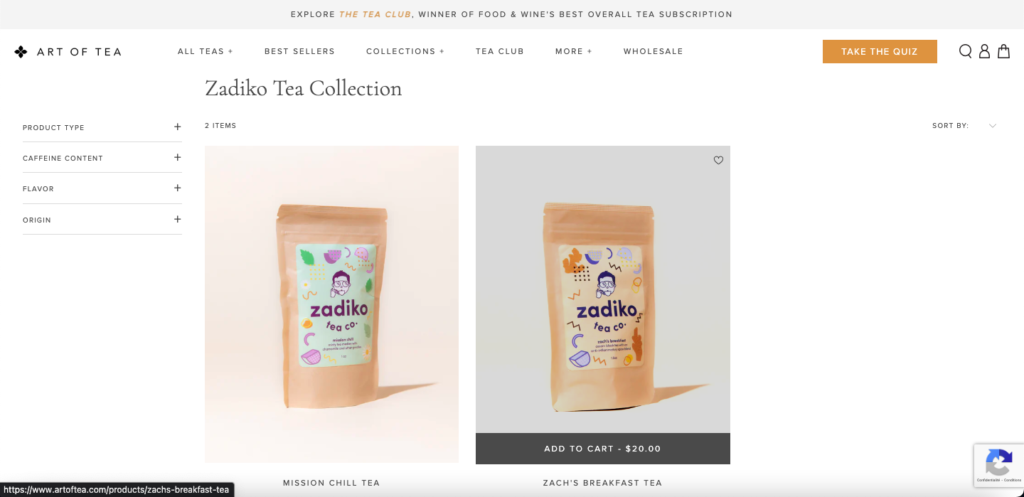
Zadiko is a tea company launched by YouTuber Zach Kornfeld. He collaborates with the manufacturer Art of Tea to create unique tea blends for his products and uses his own branding on his sales channels.
White Labeling
In the case of white labeling, a company purchases a range of ready-made products from a manufacturer and applies its own branding to sell them.
Unlike the private label model, the company has no say in the manufacturing of the item. However, due to this lack of involvement, the production process is typically faster and more cost-effective. Once the items are ready, the company stores them in its own facilities.
Similar to dropshipping, competition can be intense if you are selling a popular product at a low price.
Example of White Labeling – The Chocolate Gift
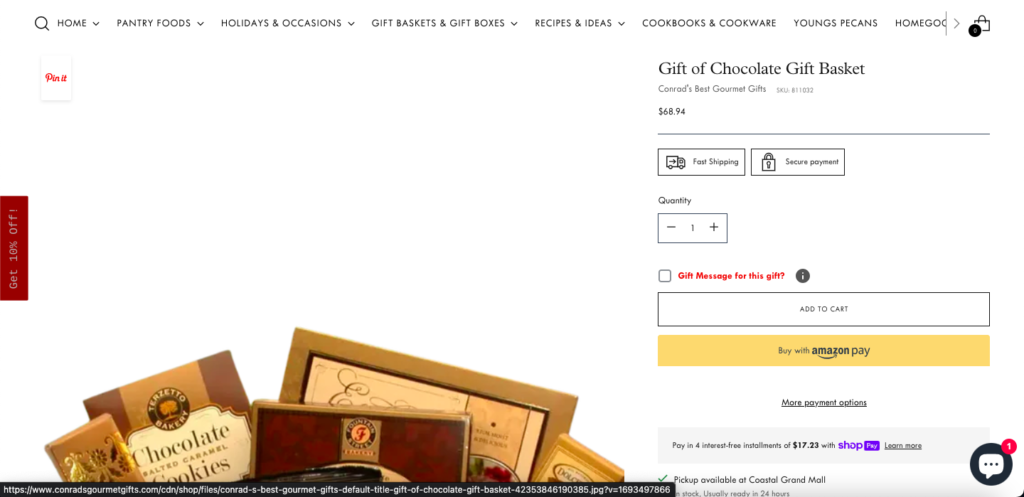
The Chocolate Gift offers white labeling services to businesses looking to resell their chocolate bars. Customers can order a minimum of 240 items with a custom brand design.
Subscription Service
In this model, a company provides a product or service to a consumer on a recurring basis in exchange for periodic payments – typically weekly, monthly, or annually.
Subscription services can fall into one of the following types:
- Access: Customers can use a premium digital platform for a regular fee. Some companies offer free access (freemium) with limited features to give potential subscribers a glimpse of the service.
- Curation: The company curates a collection of products based on the buyer’s preferences. In many cases, the individual can try the item and purchase it to keep. If it doesn’t suit them, they can return it.
- Replenishment: This subscription model typically involves everyday consumer goods that people frequently purchase, such as groceries. A company automatically replenishes these items for the customer based on their order frequency preferences.
This type of e-commerce model is becoming increasingly popular, with over half of customers using multiple services. The most cited reasons are a personalized experience, convenience, and value for money.
Example of Subscription Service – Trade Coffee
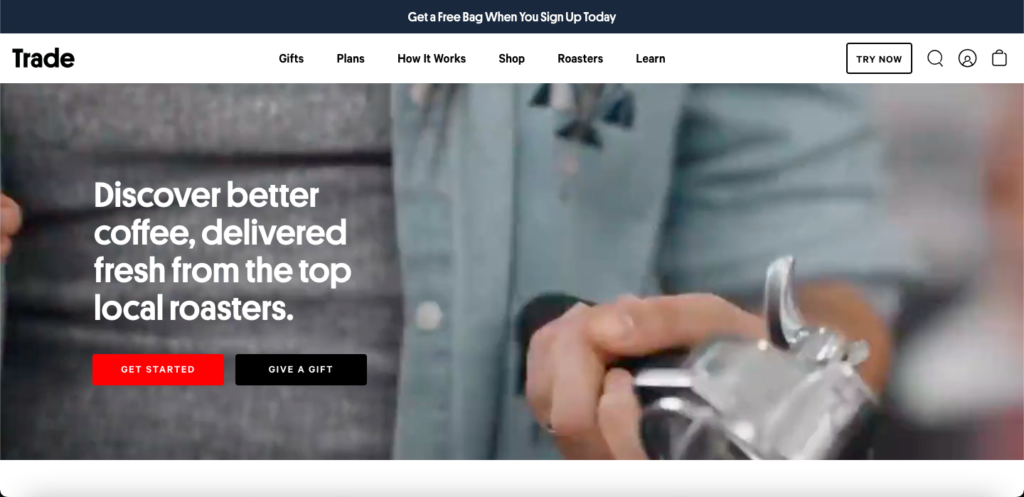
Trade Coffee is a subscription service that offers its customers a selection of coffee beans. To get started, users complete a questionnaire on the website that recommends the item to order. Customers can customize the order frequency or make a one-time purchase.
Types of E-commerce Businesses: Summary
In this article, we’ve covered various types of e-commerce based on their target audience and operation mode. We’ve also provided concrete examples to see what they look like in practice.
Here is a brief summary of the aforementioned types of e-commerce business models:
- Business to business (B2B): Companies that sell to other businesses. For example, Slack, a well-known enterprise communication software.
- Business to consumer (B2C): Targeted at consumers who will use the products or services for personal purposes. This is the most well-known business model.
- Consumer to consumer (C2C): Businesses that provide a platform for consumers to buy and sell to each other.
- Consumer to business (C2B): Like the C2C model, these platforms connect businesses with freelancers or individuals in need of specific services.
- Business to administration (B2A): Companies that provide products or services to government agencies.
- Consumer to administration (C2A): All online transactions between consumers and public organizations.
In conclusion, a summary of e-commerce types based on revenue models:
- Dropshipping: Online stores that work with third-party suppliers to manage inventory and ship goods to consumers.
- Wholesale Commerce: Businesses that buy and resell products in bulk to retailers.
- Private Labeling: Companies that partner with manufacturers to create customized products using their own brand.
- White Labeling: With this revenue model, the brand purchases a range of ready-made products from a manufacturer and applies its brand before selling them.
- Subscription Service: Businesses that receive recurring payments in exchange for regularly providing products or services to customers.
We hope that understanding the various e-commerce business models will help you plan your next venture. If you have any further questions or suggestions, please feel free to leave a comment below.

